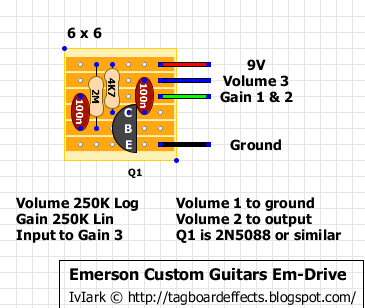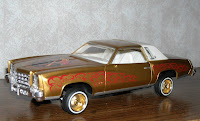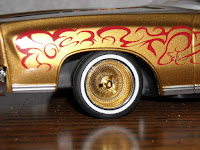As a kid I had my pudgy little Vienna sausage fingers in a lot of different hobbies. Obviously my longest lasting hobby is playing guitar, but just like most kids I was heavily into collecting things. Growing up in the 80s and 90s I collected sports cards, action figures, POGs, video games, a few Beanie Babies, Hot Wheels/Matchbox cars, and of course Micro Machines. I had a fairly large collection of 1:18 scale diecast model cars, as well as my normal 1:24/1:25 scale model car kits. I even collected comic books one summer; yeah one whole summer. I guess you could also say flea market hunting was one of my hobbies, but I was too young to be able to do it on any regular basis.
When it comes to my biggest collection, well that has to be my Terry Labonte collection. Growing up in Indiana I was beaten over the head with Indy 500 celebrations, the whole month of May. As an alternative to that, I started liking Nascar. The brightly colored Hendrick #5 caught my eye, and Terry Labonte quickly became the one I watched every Sunday. It wasn't just a Terry Labonte collection, Terry became my favorite Nascar driver of all time. Whether you call him Ice Man, or Iron Man, be sure to call him the 1984 and 1996 Nascar Champion as well.
What started off my Terry Labonte collection was a simple model kit. It was a Monogram Terry Labonte #5 Chevy Lumina. The kit was already yellow, so all I had to do was paint half of it red, and the decals did the rest of the paint scheme. Somewhere along the way I lost the hood, but I still have the body. From there anything I could find with that Hendrick's #5 on it, I collected. From scale diecast cars to almost anything in between. I have a full-size cardboard cutout of Terry. I have a handful of model kits that I've never touched, one of which I think is Terry's 97 Frankenstein car. An unopened pack of yellow pencils with metallic red "5 Terry Labonte" on them. I have a few Terry Labonte action figures, a small scale RC car, a little beanbag Hendrick's #5 Chevy and so much more. Sometimes I had to eat a lot of Kellogg's cereal and send away for stuff, but I've got it! I even have some of his #44 stuff from prior to his retirement. Sadly, I don't have any of his #44 Piedmont, nor his #11 stuff.
My bedroom walls were covered in 1:64 scale Terry Labonte cars still in their packaging, as if they were wallpaper. My shelves were adorned with the larger diecast cars. I even wore Terry Labonte t-shirts proudly, even though I was an alternative kid with long hair and knockoff JNCO style jeans. Remember those? When it came to playing Nascar video games, well I wouldn't use the #5. Nope, I would either use the #4 and pretend I was a team mate, or I would use an actual Hendrick car, mostly #25 when available. I spent so much time learning to bump draft with the AI, pretending I was trying to team up with Terry and finish first and second. The problem being the AI is setup in such a way that you can only bump draft them so much before they veer off wilding and crash. Sorry for all the times I accidentally crashed your virtual counterpart Terry!
For the past few years all my Terry Labonte stuff has been packed away, but I've still got it all. I just currently have nowhere to put it, or display it. Sometimes I'll pull out a box of my Terry Labonte stuff and look through it, for nostalgia's sake. Sometimes I think maybe I should sell it to finance another hobby, but there's just something deeply rooted to these things still. Even though they're not out on display, they still mean a lot to me. To most they're probably just metal, plastic and paint, but to me they're tangible pieces of my youth, and a small pieces of one of Nascar's greatest drivers. I mean, in 1996 he drove with a broken hand! A broken hand! If that doesn't say dedication and talent, I don't know what does.














